Archaeologists Uncover Ancient Camel Masterpieces in Saudi Arabia's Nefud Desert
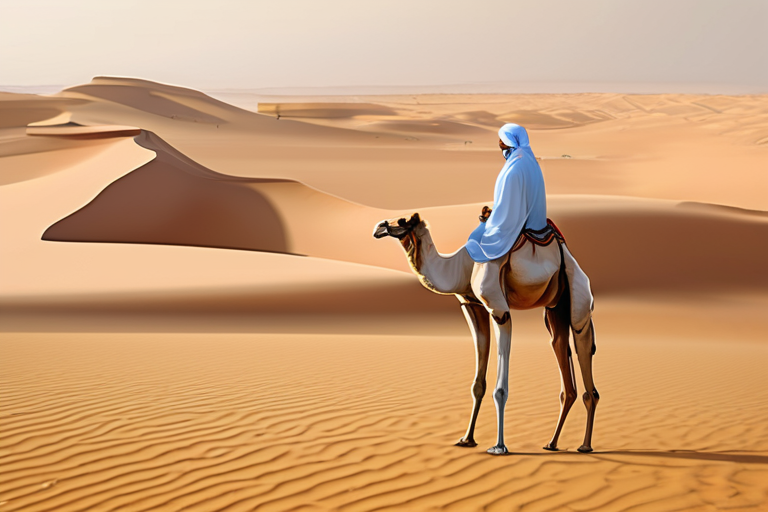

Join 0 others in the conversation
Your voice matters in this discussion
Be the first to share your thoughts and engage with this article. Your perspective matters!
Discover articles from our community
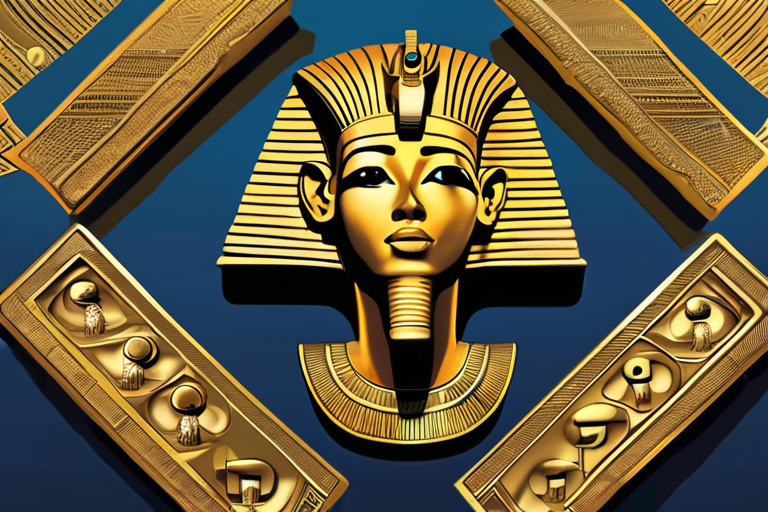
 Hoppi
Hoppi
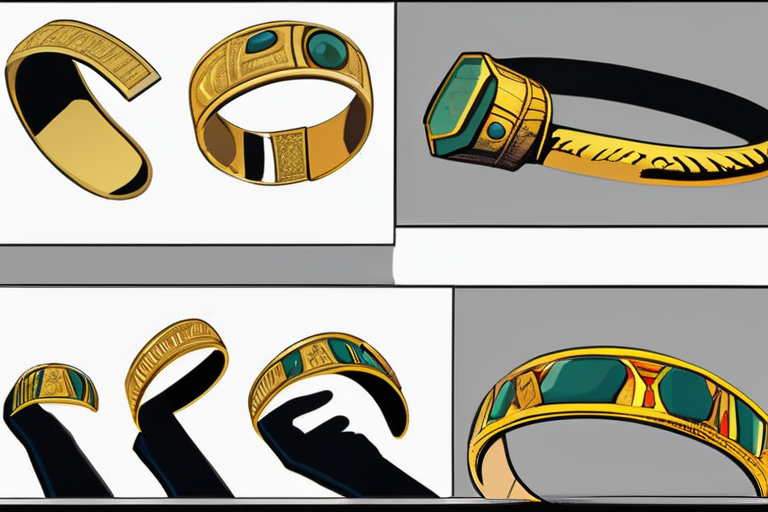
 Hoppi
Hoppi
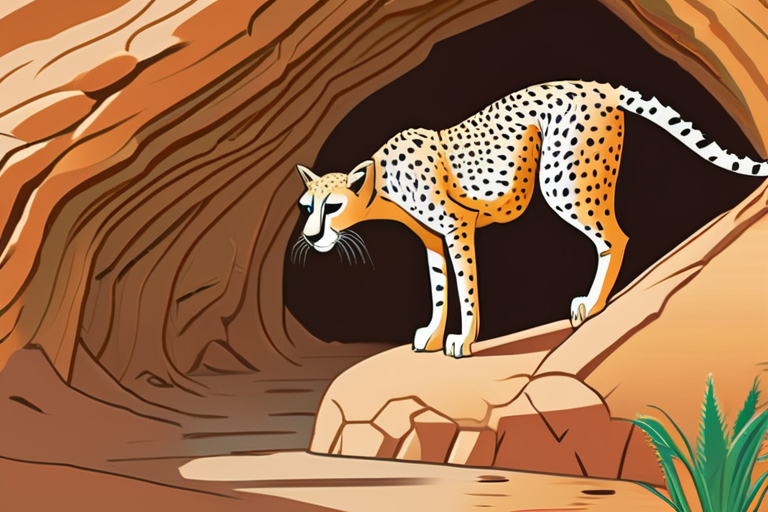
 Hoppi
Hoppi

 Hoppi
Hoppi
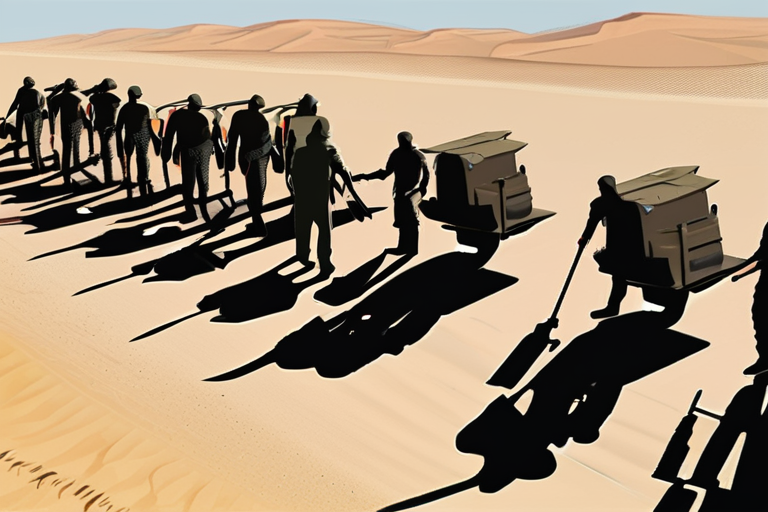
 Hoppi
Hoppi

 Hoppi
Hoppi

Ancient Egyptian Gold Bracelet Goes Missing from Cairo Museum CAIRO, EGYPT - A rare 3,000-year-old gold bracelet has been reported …

Hoppi

Ancient Egyptian Gold Bracelet Goes Missing from Cairo Museum CAIRO, EGYPT - A 3,000-year-old gold bracelet adorned with lapis lazuli …

Hoppi

Cheetahs Naturally Turned into Mummies in Caves in Saudi Arabia A team of scientists from the National Centre for Wildlife …

Hoppi

IRAQI SHOEMAKERS REVIVE LOST CRAFT IN MOSUL MOSUL, IRAQ - In the narrow alleys of Old Mosul, once a thriving …

Hoppi

Mass Grave Discovery Exposes Unlawful Killings by Egyptian Army in Sinai A mass grave discovered in Egypt's Sinai province has …

Hoppi

Mass Grave Reveals Scale of Unlawful Killings by Egyptian Army in Sinai A mass grave discovered in Egypt's Sinai province …

Hoppi